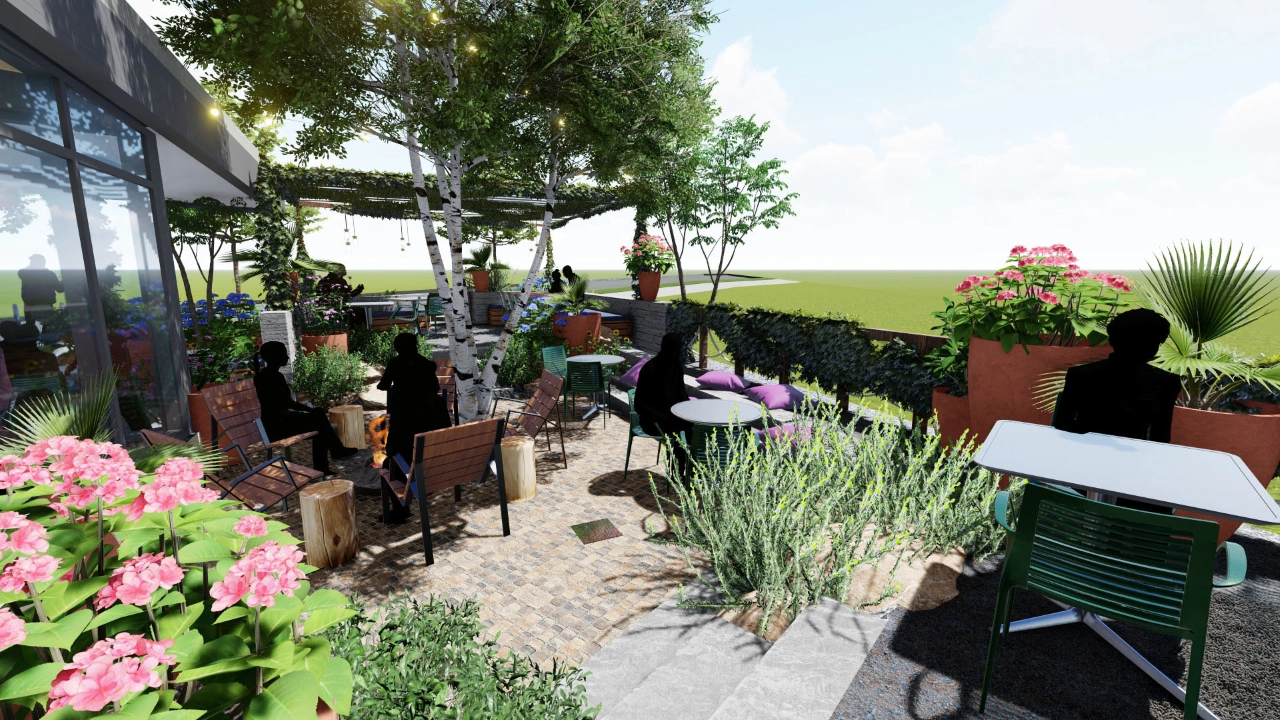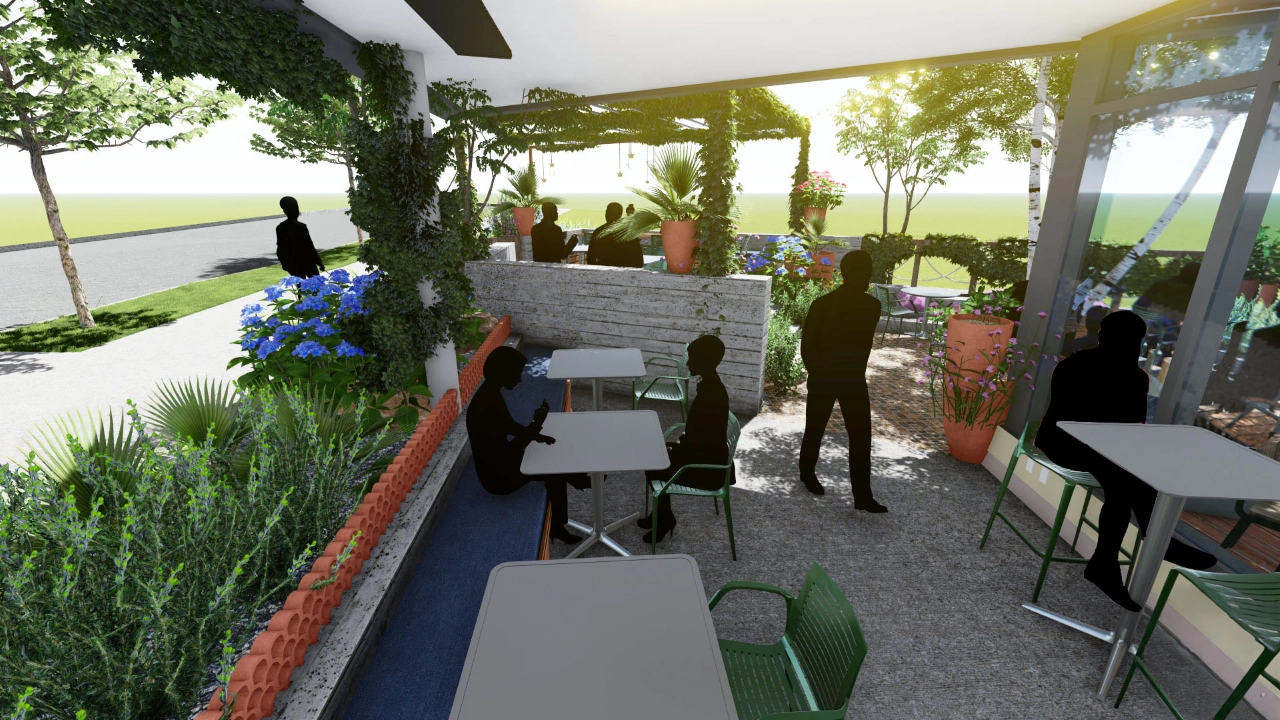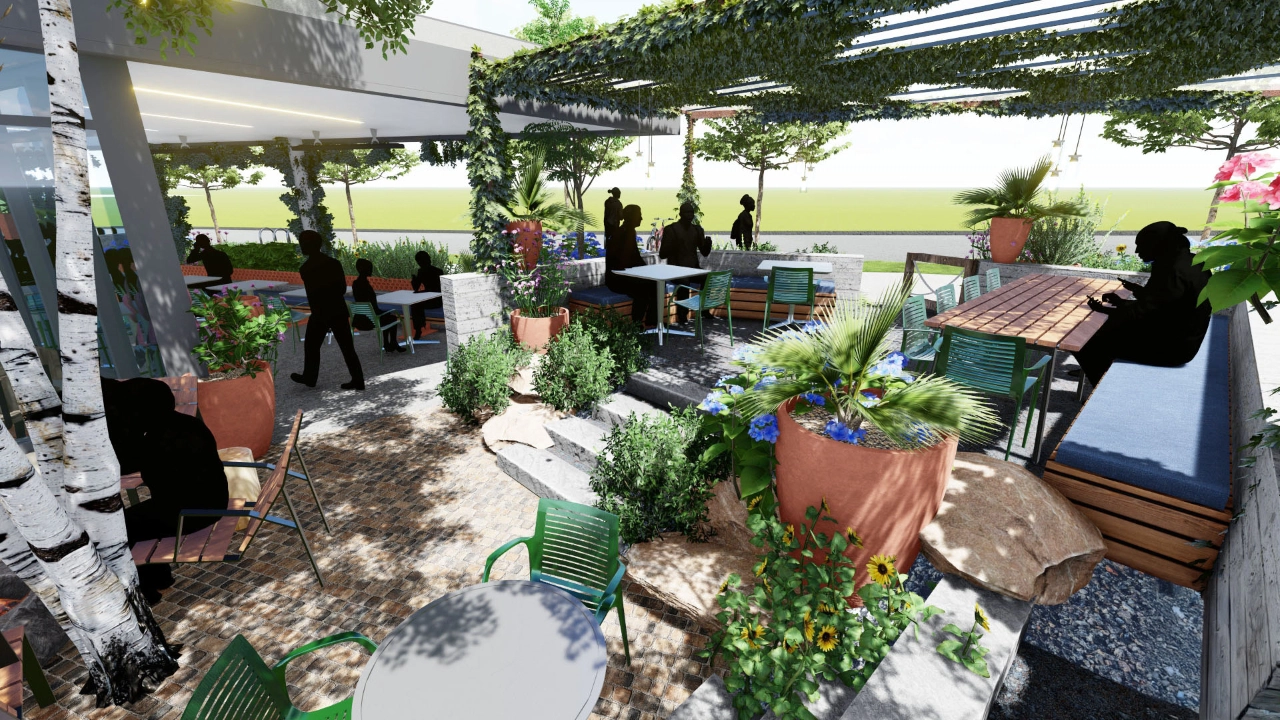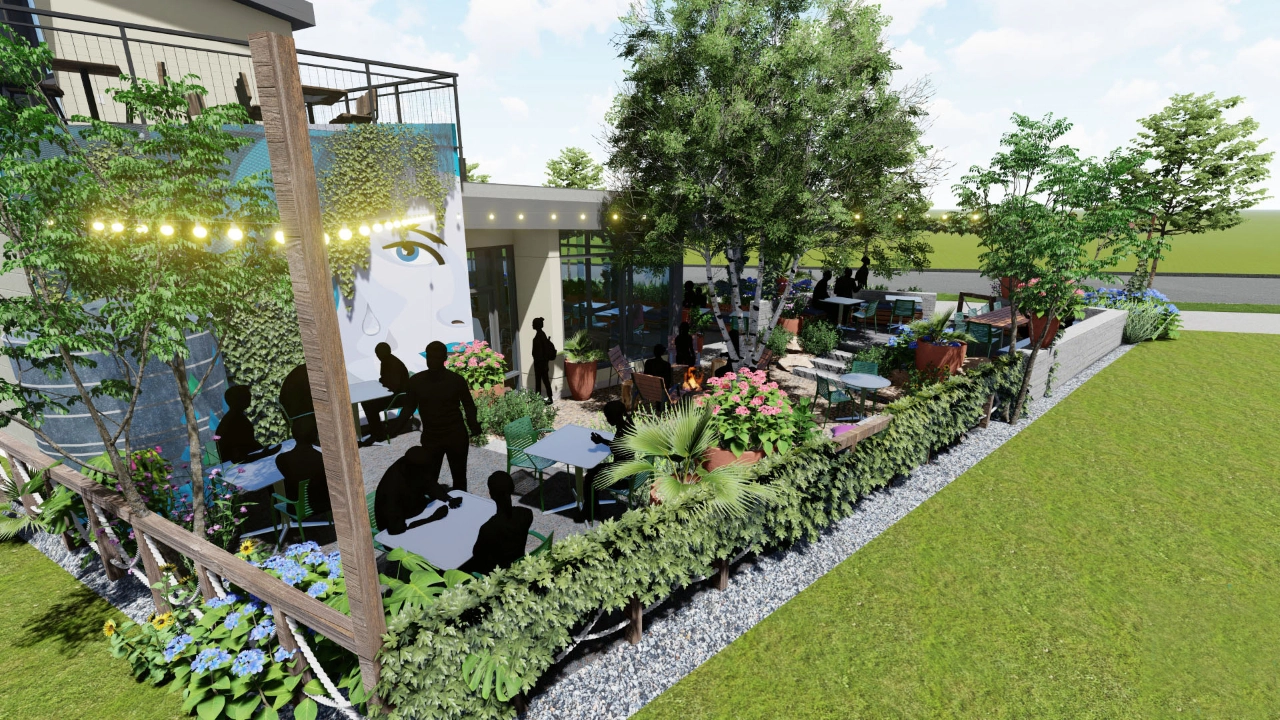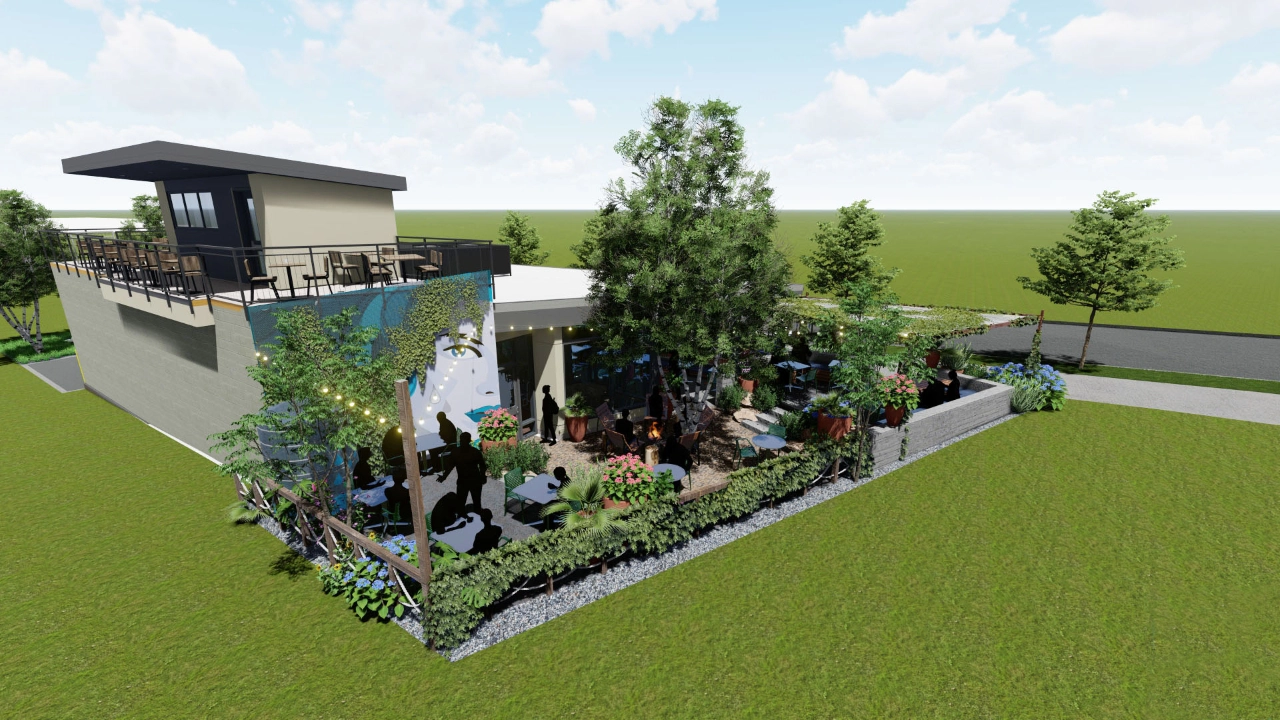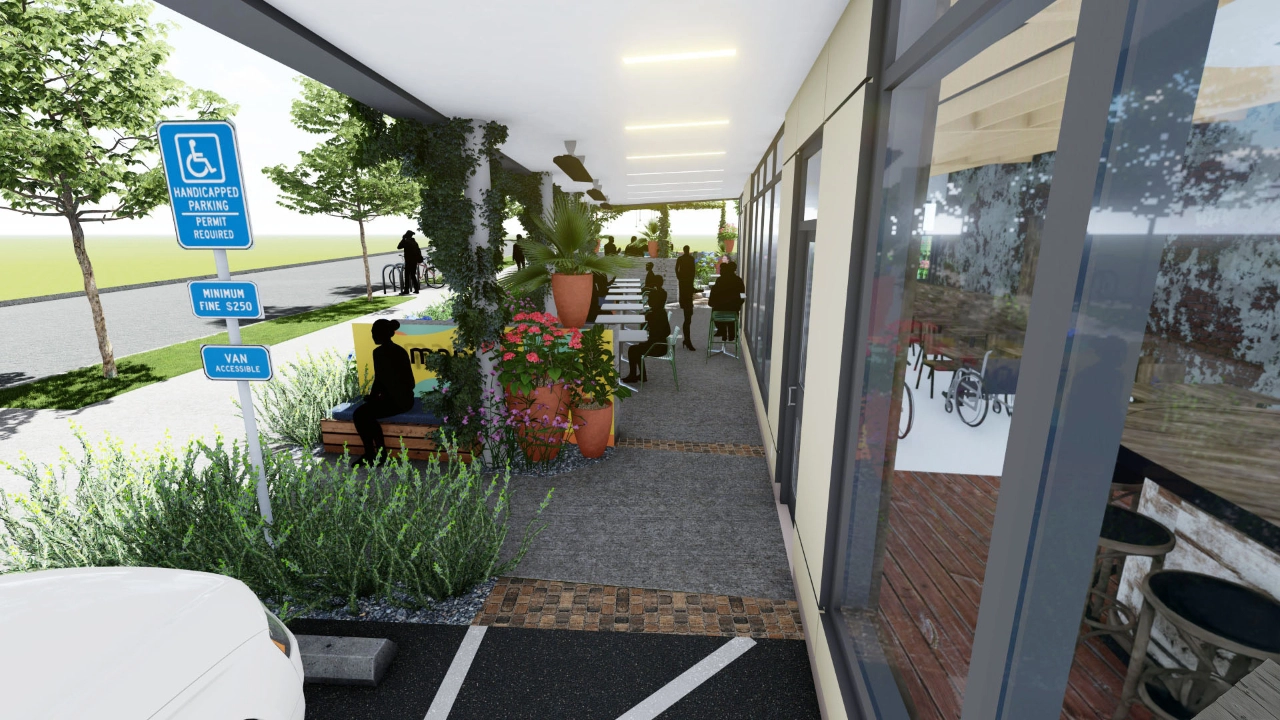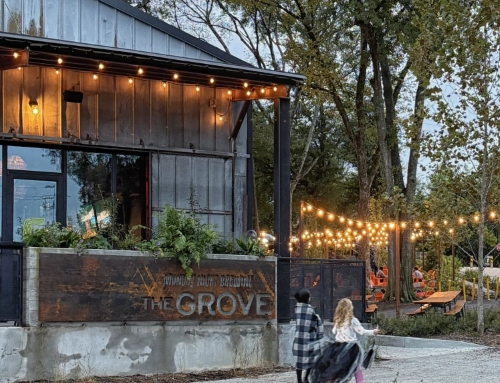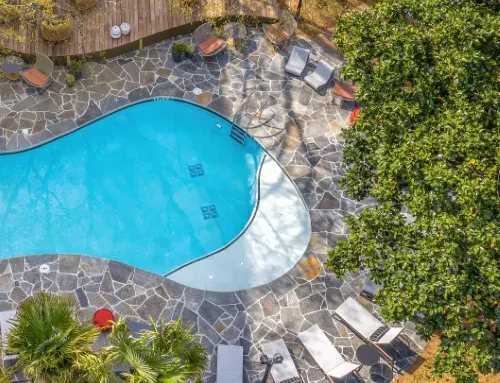Details:
Highlights:
Description:
TSW provided conceptual landscape architecture services for the exterior spaces of A Mano’s new outpost located near Murphy’s Crossing along the Atlanta BeltLine. This project was envisioned as a sophisticated yet approachable walk-up destination, complementing the restaurant’s original Old Fourth Ward location. Drawing inspiration from the timeless charm and aged beauty of Italian plazas, the design creates a warm, inviting atmosphere that encourages community interaction and outdoor dining.
The concept celebrates authenticity and texture through the use of rustic Italian hardscape materials, complemented by lush vertical plantings that frame and soften the space. Vertical elements were carefully integrated to establish a distinct sense of place and visual interest. Despite the compact footprint, the design maximizes functionality by creating a series of intimate zones defined by subtle level changes and a mix of seating options for individuals and groups. These spaces offer flexibility for casual dining, social gatherings, and special events.
The BeltLine-facing patio steps down to a lower internal courtyard, with terraces constructed from reclaimed concrete slabs that add character while supporting sustainability goals. A covered patio strengthens the indoor-outdoor connection, allowing the dining experience to flow naturally into the landscape. Even the parking area was reimagined as an extension of the restaurant—an adaptable space that can transform for overflow dining or event use.
Sustainability was central to the design process. Permeable pavers, granite fines, and a rainwater collection cistern were incorporated to improve site permeability and manage stormwater runoff. These strategies ensure the project remains environmentally responsible while maintaining its inviting aesthetic. By blending timeless European design principles with modern sustainability practices, this A Mano outpost near Murphy’s Crossing exemplifies how thoughtful landscape architecture can elevate both functionality and beauty, creating a destination that feels authentic, adaptable, and deeply connected to its urban context.

